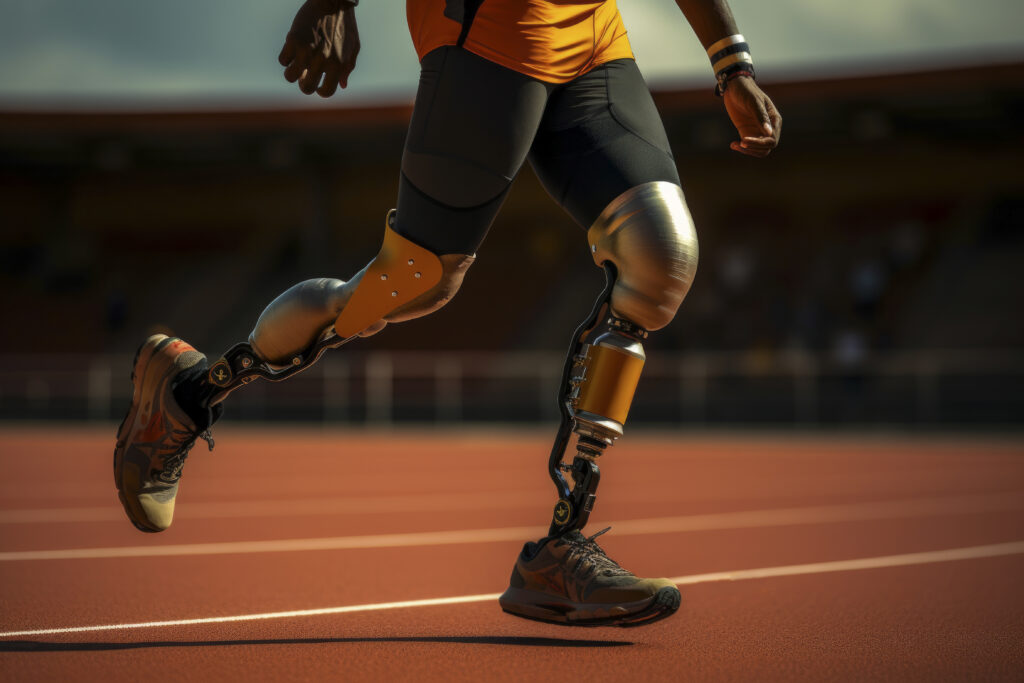In the dazzling realm of Paralympic sports, where athleticism knows no bounds, the classification system stands as a vital cornerstone. This meticulously designed framework ensures fair competition among athletes with varying impairments, empowering them to showcase their prowess on an international stage. Yet, to the uninitiated, the classification system might appear as an intricate labyrinth, laden with complexities and nuances. Fear not, for we embark on a journey to unravel this system, shedding light on its intricacies and significance.
At its core, the Paralympic classification system serves to create a level playing field, aligning athletes based on their impairments to ensure equitable competition. Unlike traditional sports, where classifications are primarily based on age or gender, Paralympic classifications delve into the nuances of impairment types and their impact on athletic performance. This approach fosters inclusivity and diversity, celebrating the unique abilities of each athlete while mitigating the advantages conferred by specific impairments.
The classification process begins long before the athletes step onto the grand stage of the Paralympic Games. It involves a comprehensive assessment by trained classifiers, who meticulously evaluate the functional abilities of each athlete within their respective sport. These classifiers possess specialized expertise, equipped to discern the intricacies of various impairments and their implications for athletic performance. Through a series of standardized tests and observations, they assign athletes to specific classifications, ensuring equitable competition and upholding the integrity of the sport.
Central to the classification system is the principle of “functional classification,” which categorizes athletes based on the impact of their impairment on their ability to perform specific movements related to their sport. This approach transcends the mere categorization of disabilities, focusing instead on the functional limitations and capabilities of each athlete within the context of their chosen sport. By assessing factors such as muscle strength, coordination, and range of motion, classifiers assign athletes to classes that best reflect their functional abilities, thereby facilitating fair and competitive matches.
In most Paralympic sports, athletes are classified into different classes denoted by letters or alphanumeric codes, each representing a specific impairment profile. For example, in para-athletics, athletes with visual impairments are classified as T11, T12, or T13, depending on the severity of their impairment and its impact on their performance. Similarly, in para-swimming, athletes are classified based on factors such as limb impairment, muscle strength, and coordination, resulting in classes such as S1, S2, S3, and so forth.
While the classification system strives for objectivity and consistency, it remains inherently dynamic, evolving in response to advancements in sports science and the changing landscape of Paralympic sports. As such, athletes undergo regular classification reviews to ensure that their assigned class accurately reflects their current functional abilities. This ongoing process not only maintains the integrity of the classification system but also empowers athletes to compete on equal footing, irrespective of any changes in their impairment status.
Beyond its role in fostering fair competition, the classification system serves as a beacon of inclusivity and empowerment, transcending barriers and championing the spirit of athleticism in its purest form. It embodies the Paralympic movement’s ethos of equality, resilience, and determination, inspiring generations to pursue their dreams against all odds.
In conclusion, the Paralympic classification system stands as a testament to the transformative power of sport, transcending barriers and empowering athletes to defy expectations on the world stage. Through its meticulous framework and unwavering commitment to fairness, it ensures that every athlete has the opportunity to shine, igniting the flames of inspiration and unity across the globe. So, the next time you witness the awe-inspiring feats of Paralympic athletes, remember the intricate tapestry of the classification system that enables their extraordinary journey.






